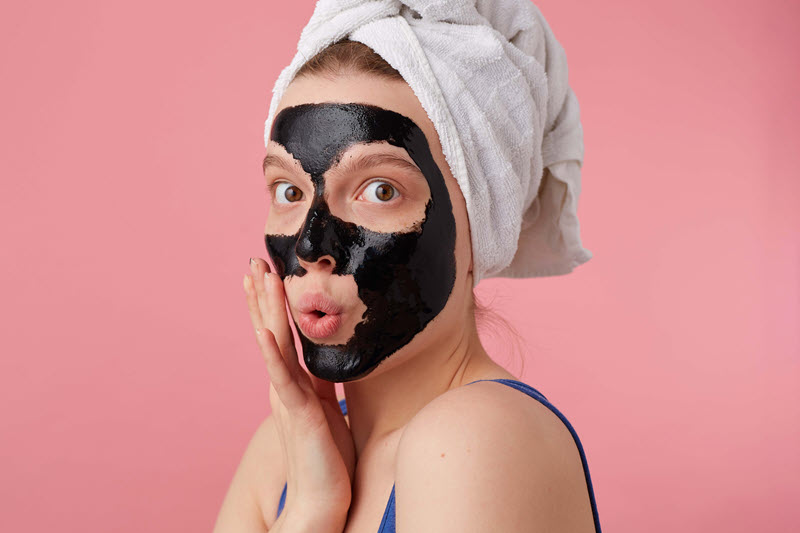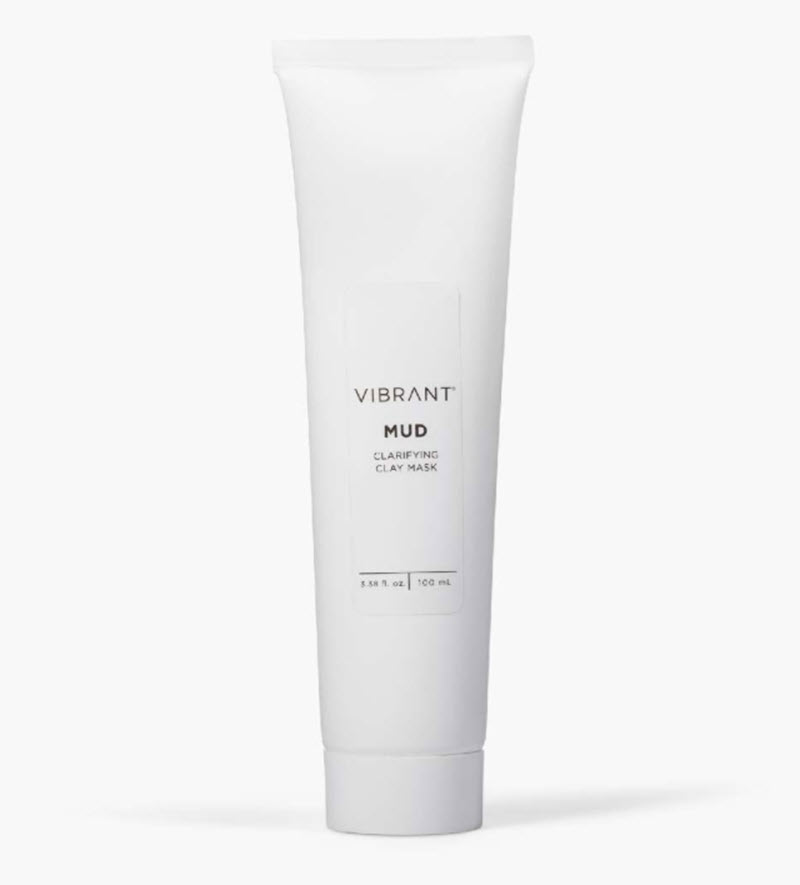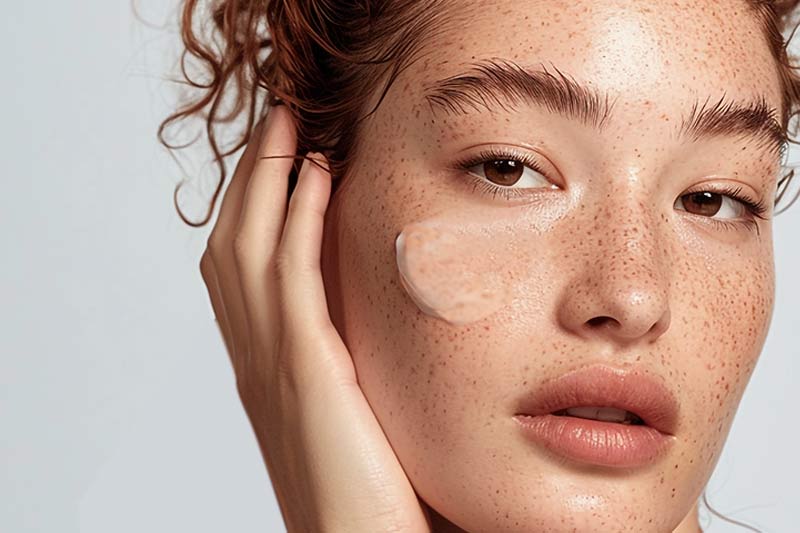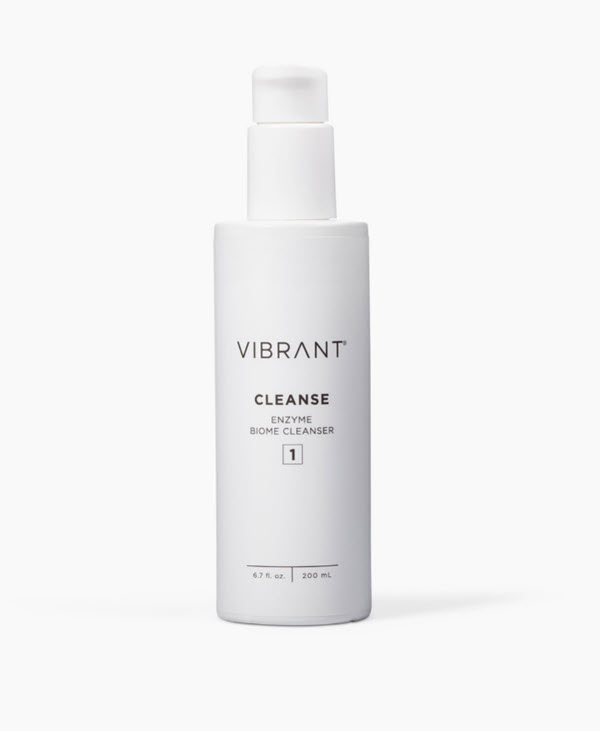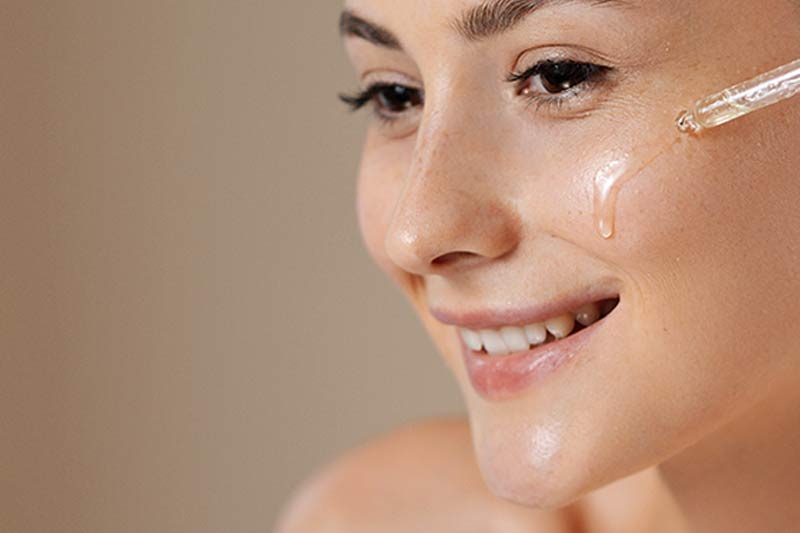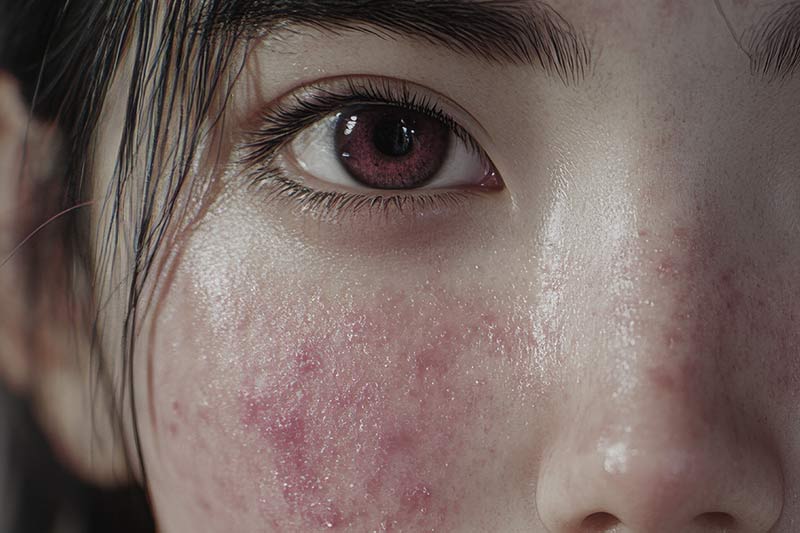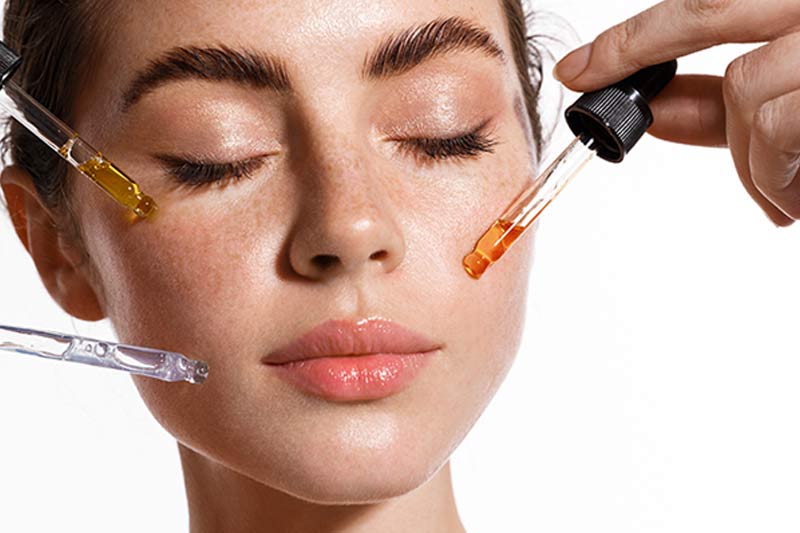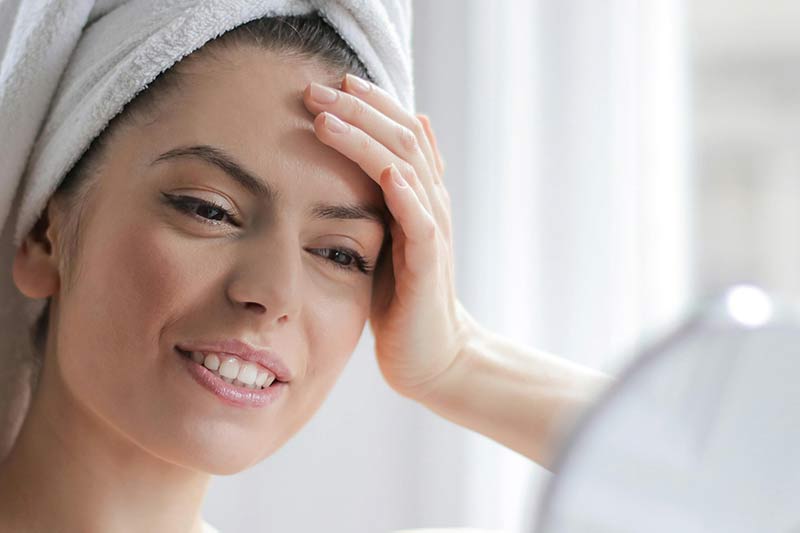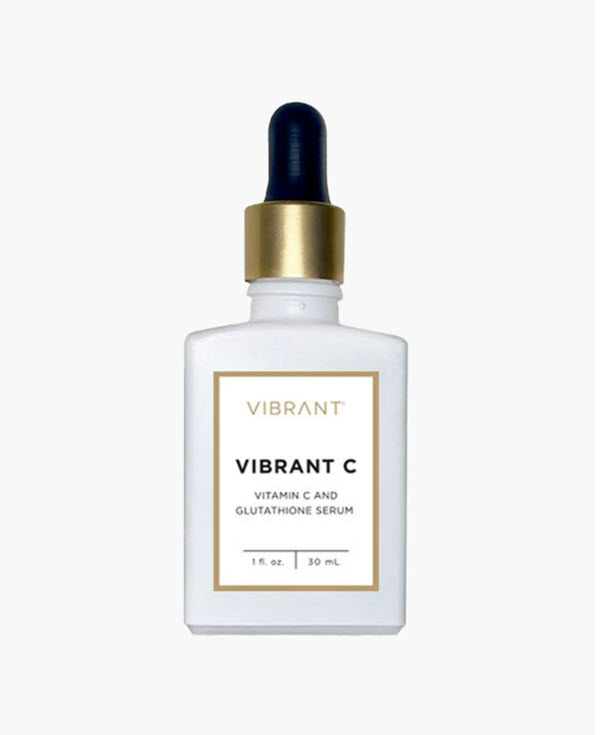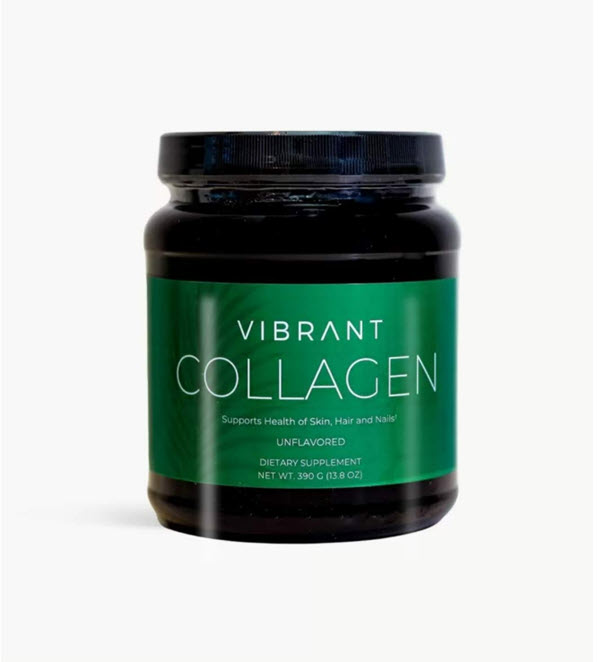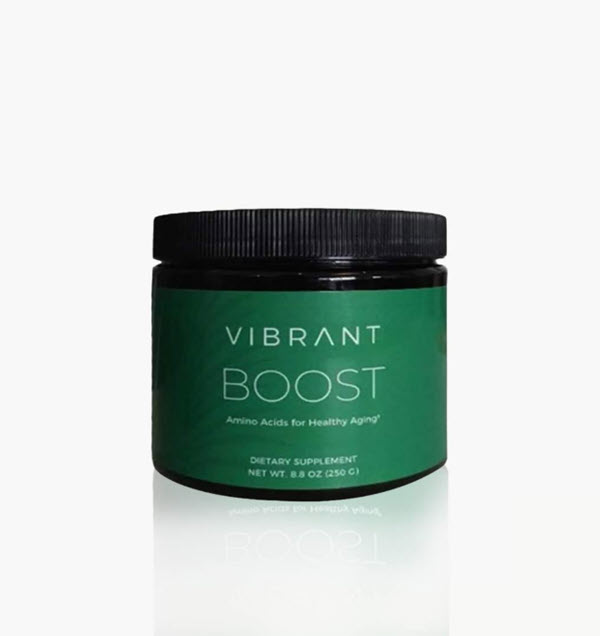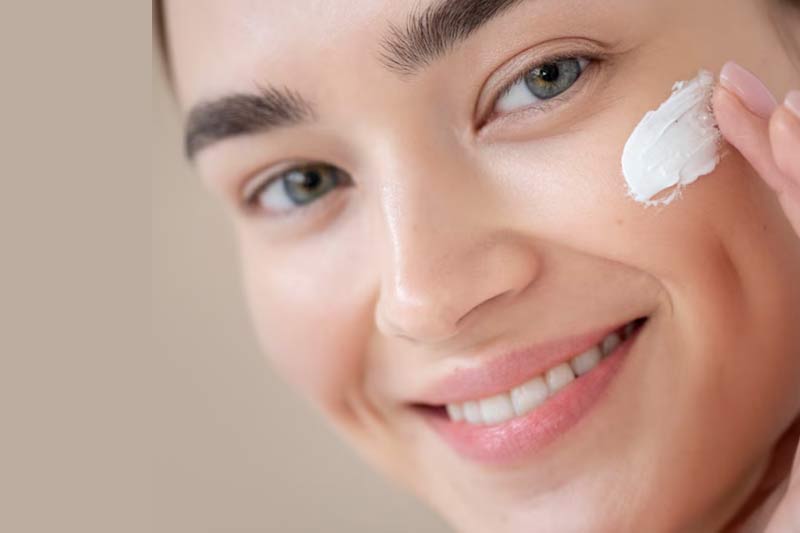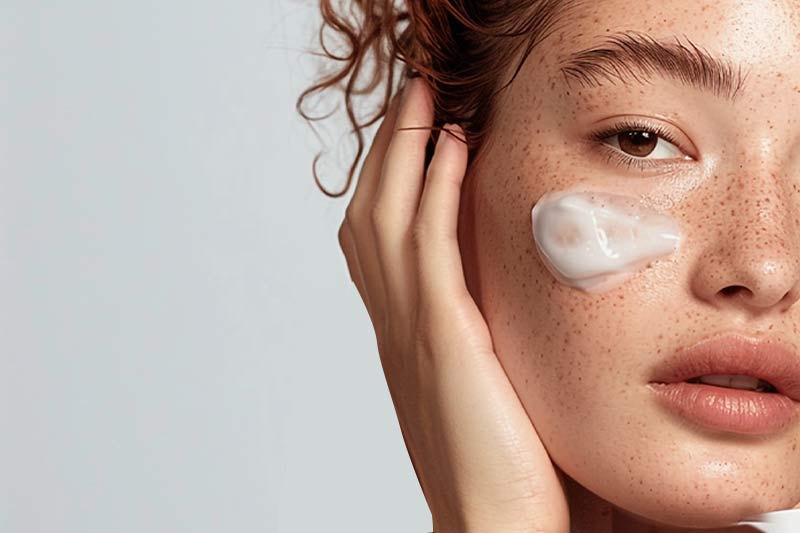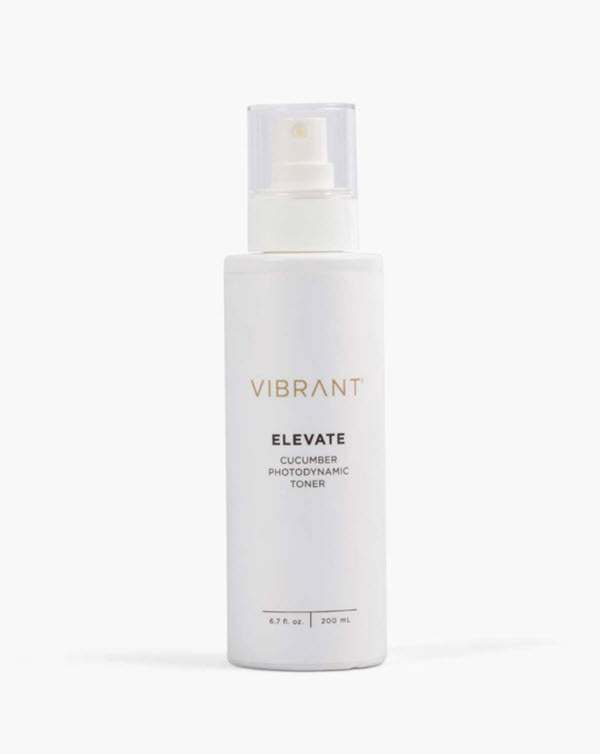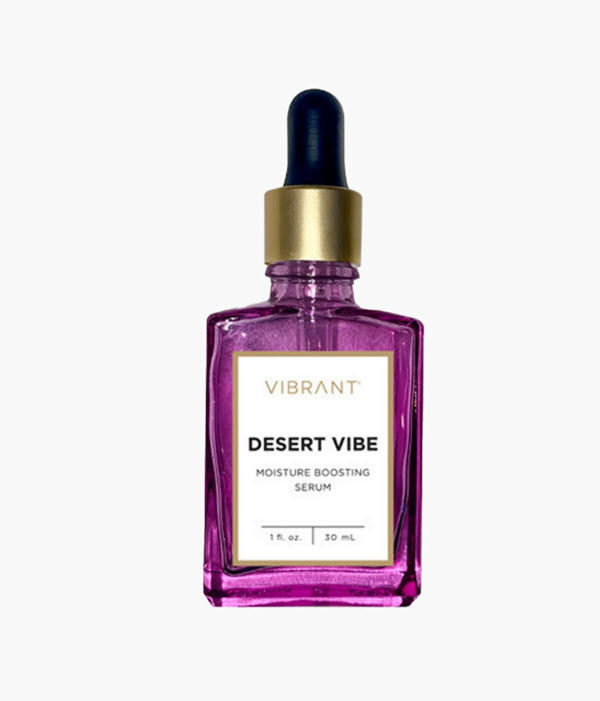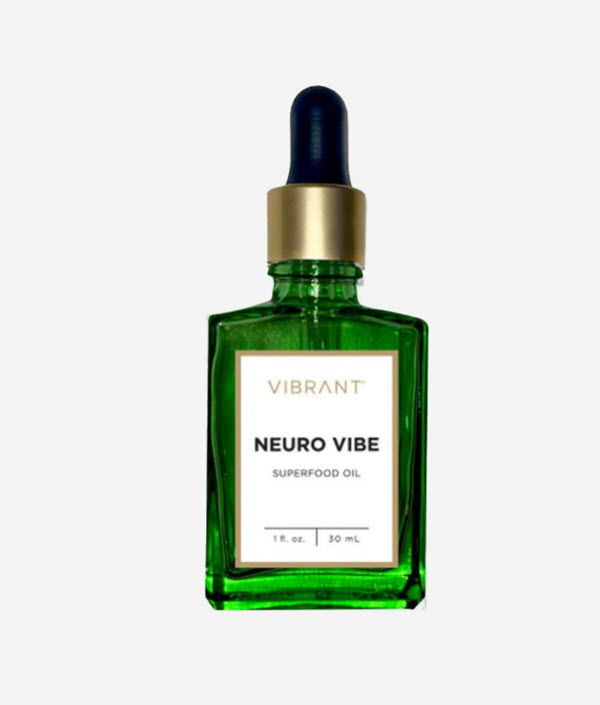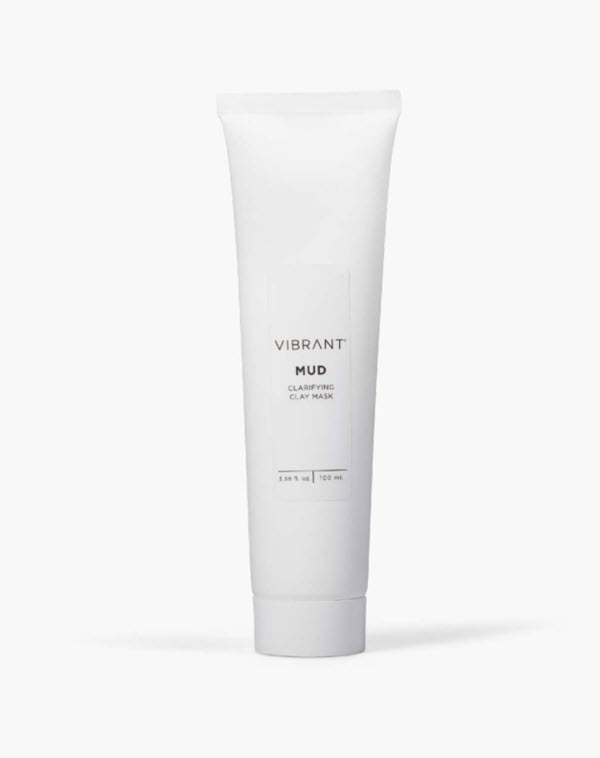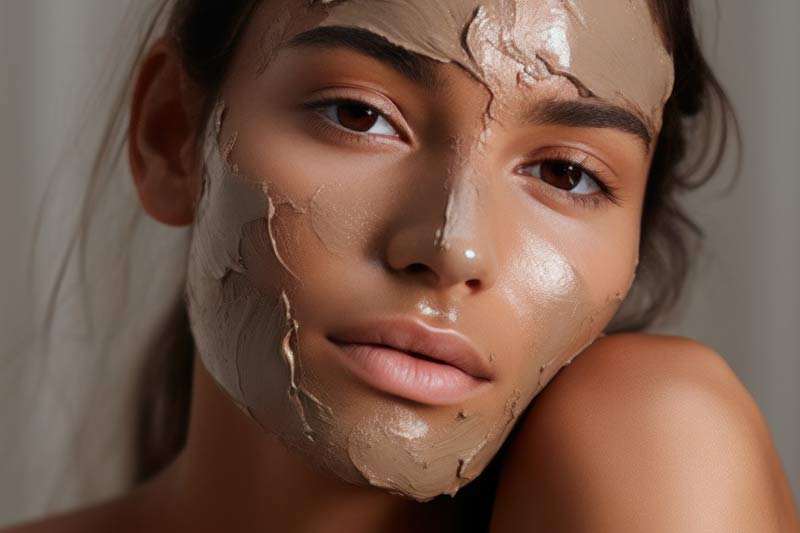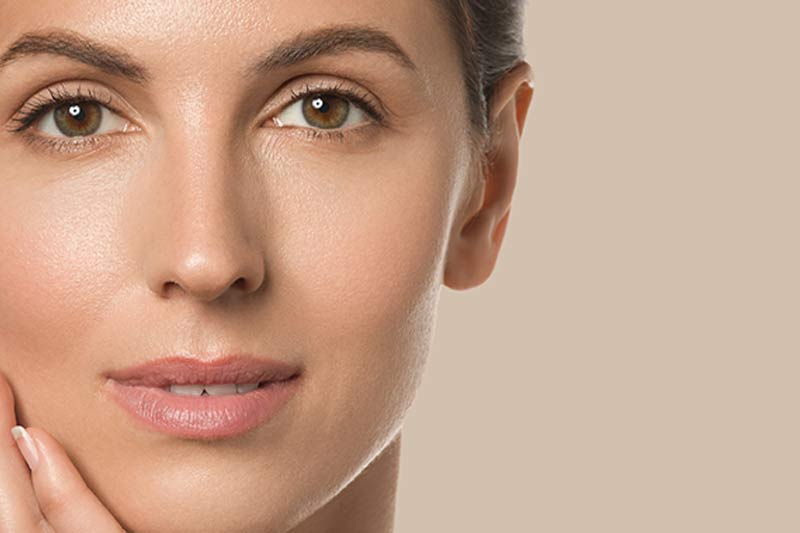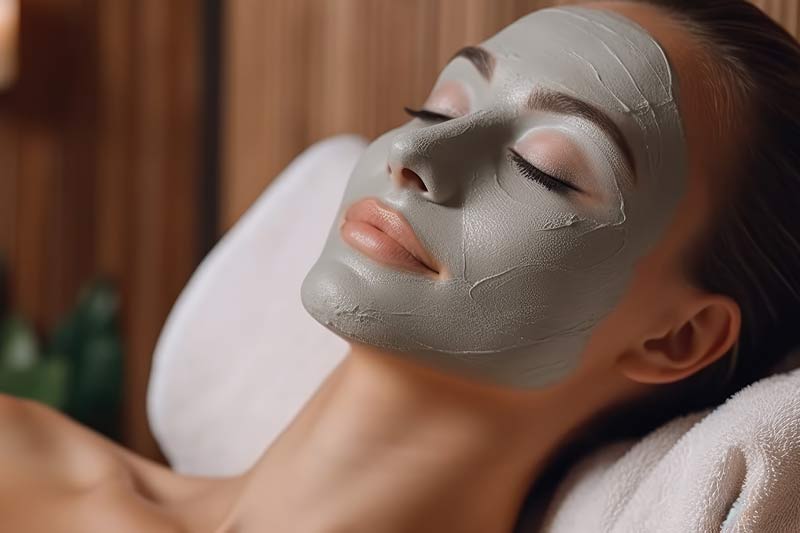Blemish-Prone Skin Care
Blemishes are imperfections on the skin’s surface, such as pimples, blackheads, acne scars, dark spots, and other unflattering bumps and marks. They occur for various reasons, including hormonal shifts, environmental toxins, imbalances in the skin and gut microbiome, inadequate skin care, and poor lifestyle habits. Blemishes are typically harmless but may lower the person’s self-esteem, depending on their size and prominence.
This article recommends the best blemish-prone skincare products and supporting lifestyle habits for a healthy, vibrant complexion.
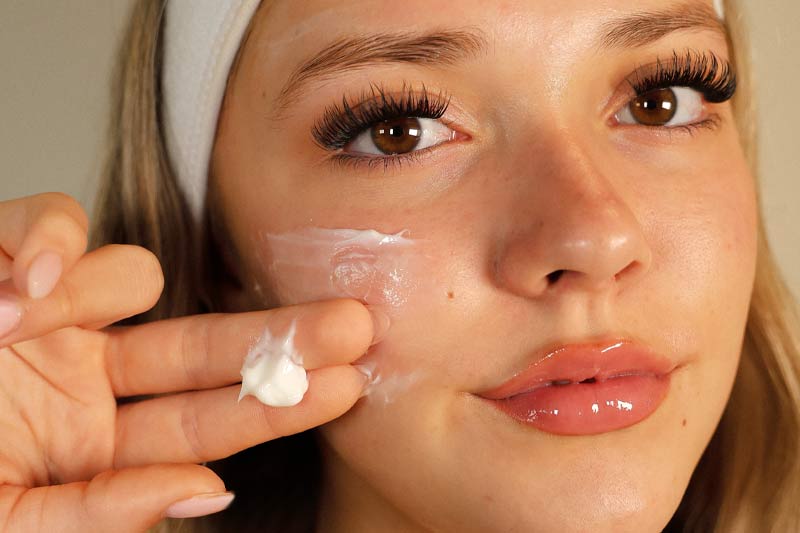
What Is the Best Blemish-Prone Skincare Routine?
Successful blemish-prone skin care consists of targeted, microbiome-friendly cosmetic solutions and changes in daily habits that may trigger blemishes. These solutions aim to reduce inflammation, prevent bacterial proliferation, improve microbiome (skin flora) diversity and function, and strengthen the skin barrier.
The biome-supporting blemish line is more effective than mainstream actives like retinol or benzoyl peroxide, which can over-dry the skin, damage the barrier, and disrupt the beneficial microbiome.
Note: Learn more about microbiome skin care and why it is one of the hottest trends in the cosmetics world.
1. Complete Blemish System
Vibrant has developed a comprehensive blemish control system featuring six products that focus on strengthening the skin’s natural defenses and repair mechanisms. They contain ingredients that target the brain-gut-skin axis to eliminate the root causes of skin problems (e.g., stress) rather than temporarily diminish symptoms.
The recommended daily routine for blemish-prone skin includes the following products.
Vibrant Cleanse
Cleanse is formulated with microbiome-supporting prebiotics, probiotics, and postbiotics, and natural enzymes like papaya and pineapple. These ingredients gently dissolve dead skin cells, promote cell turnover, and help maintain microbial balance while supporting the skin barrier.
This biome enzyme cleanser deeply cleanses and brightens the complexion, giving it a natural glow. Use it in the morning and evening to control sebum production, oiliness, and inflammation.
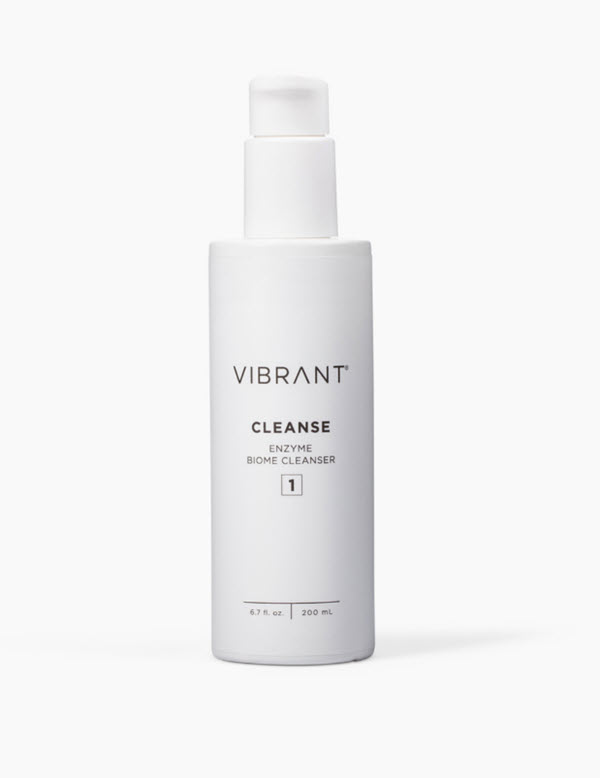
Vibrant Tone
Tone is a clarifying biome toner that helps balance natural oils and refreshes the skin, preparing it for active ingredients in serums and creams. It contains lemongrass hydrosol, a natural toner with unique antifungal and antimicrobial properties, and niacinamide, a versatile ingredient that helps regulate sebum production, reduce inflammation, minimize pores, and brighten the skin. It also contains Bio-Fense™️, a probiotic that supports the skin’s microbiome and enhances the barrier, providing antimicrobial protection and immune support.
Apply Tone in the morning and evening after cleansing.
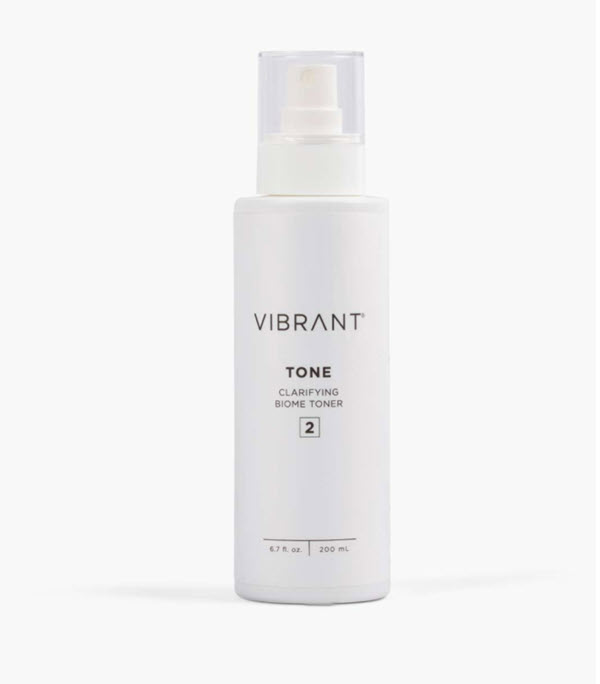
Vibrant Defense
Defense is a rich formula containing potent microbiome-friendly, immune-supporting, oil-balancing, wound-healing, and anti-aging ingredients:
- Retinaldehyde, or retinal (the most powerful form of vitamin A; more potent than retinol)
- Bakuchiol (plant version of retinol)
- 1,3-Beta-glucan (aids in the removal of scar tissue, toxins, and bacteria)
- BioFense™, Black BeeOme™, and L. plantarum (probiotic and prebiotic blends that help restore the skin’s barrier and immune function)
- Niacinamide (a form of vitamin B3 that regulates sebum production, minimizes pores, reduces inflammation, and strengthens the barrier)
- Soothing botanicals (willow herb, vanilla extract, etc.)
These ingredients help clear clogged pores, calm irritations, reduce blemishes, and visibly improve skin tone and texture.
Use Defense twice daily after prepping the skin with Cleanse and Tone.
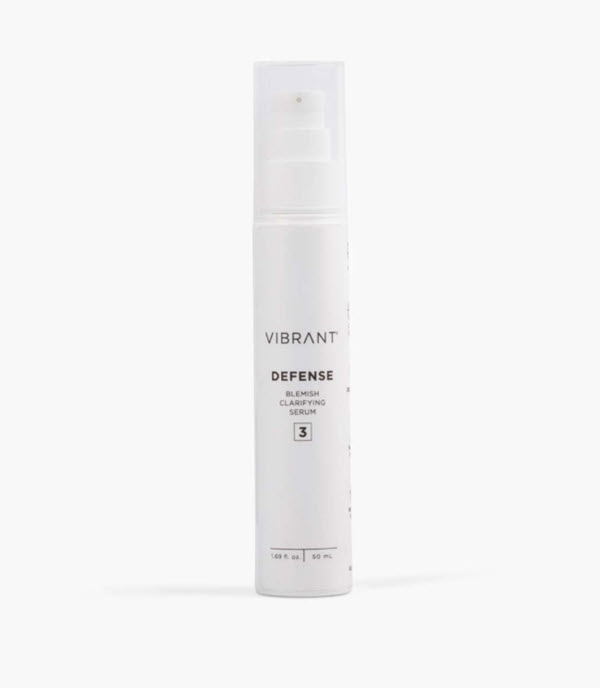
Vibrant Restore
This potent clarifying moisturizer helps calm imperfections, reduce redness and blemish marks, and support a healthy microbiome with a balanced blend of prebiotics and postbiotics. It is enriched with hydrating ingredients that lock in moisture, such as beta-glucan and Lactobacillus ferment, and neurocosmetic botanicals that help improve mood and destress the skin (e.g., orange peel oil). Restore promotes skin barrier function and toxin removal for a smoother, firmer, and blemish-free complexion. It is developed for normal to oily skin.
Use it twice a day as the final step in your blemish-control daily routine, except in the morning when sunscreen should follow the moisturizer.
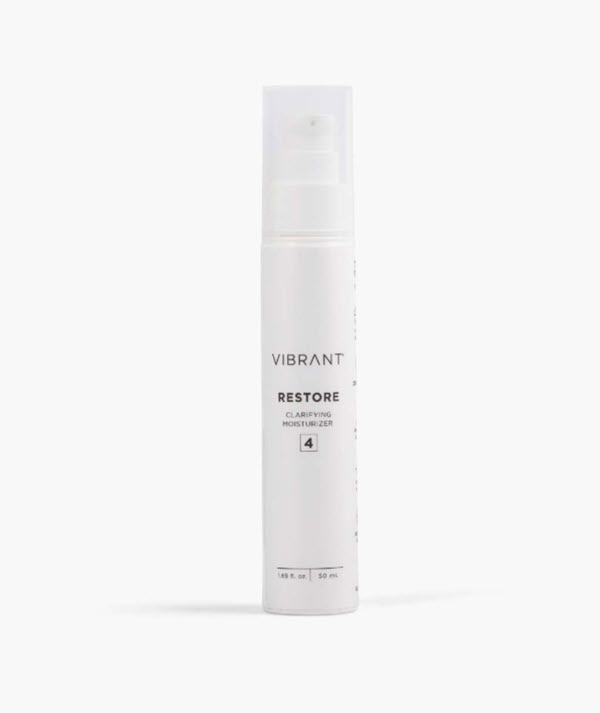
Vibrant’s Complete Blemish System features two more products that are typically used weekly or less frequently, as needed.
Vibrant Mud
Mud is a powerful pore-unclogging mask infused with mineral-rich bentonite and kaolin clay, activated charcoal, gently exfoliating willow bark, and soothing aloe vera. It deeply cleanses, detoxifies, calms inflammation, and refreshes the skin, leaving it silky and glowing.
Apply the mask to thoroughly cleansed skin. Leave it on for ten minutes. Rinse with lukewarm water.
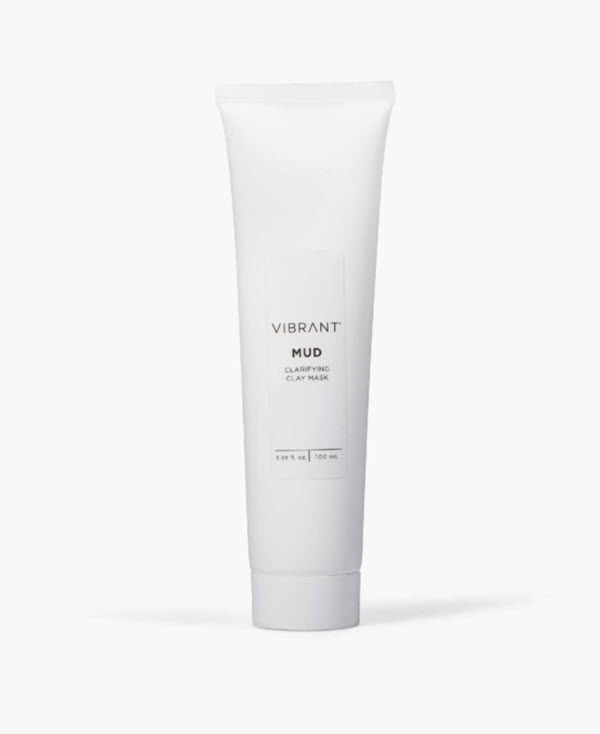
Vibrant Spot On
This innovative spot treatment effectively eliminates blemishes thanks to totarol, licorice root extract, niacinamide, mandelic acid, vanilla fruit extract, and other anti-inflammatory, antimicrobial, and oil-regulating agents. BioFense™️ and Black BeeOme™️ (probiotics and prebiotics in the product) balance the skin flora to help the skin heal faster after a breakout.
After cleansing, toning, and using a serum, apply a small amount of Spot On on the blemish. Follow with a moisturizer. Use it during your nighttime routine.
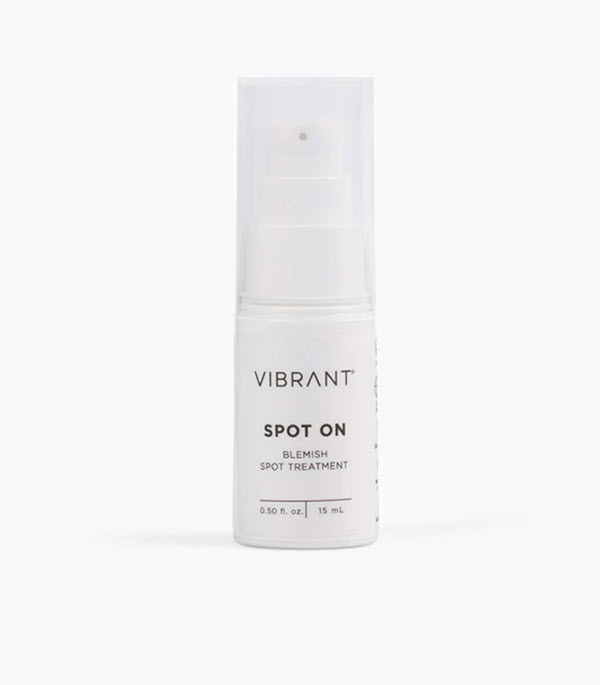
Unlike traditional acne treatments, Vibrant products don’t strip the skin of essential oils. They nourish the skin from the inside out and restore skin homeostasis, aiming for long-term clarity and even tone.
2. Sunscreen
Sunscreen is an essential product in your daily skincare routine. It protects the skin from UV radiation, which damages the skin even in cloudy, cold weather. Choose sunscreen with mineral-based ingredients like zinc oxide and titanium dioxide and 30+ SPF protection. Apply it after moisturizing the skin in the morning.
Note: Read our blog post on how to choose the best sunscreen for sensitive, blemish-prone skin.
3. Diet Modification
Diets high in sugar, processed foods, and saturated fats are a common factor contributing to breakouts and blemishes. These high-glycemic, nutrient-poor foods often contain additives and bleaching agents that disrupt the skin’s microbiome and weaken its natural barrier. Caloric and nutritionally poor foods disrupt the optimal balance in our gut and skin microflora, causing hormonal imbalances and inflammation and damaging skin health.
Modify your diet according to well-known, healthy dietary guidelines. Follow an anti-inflammatory eating plan that restricts the intake of simple carbohydrates and fats and is based on fiber and antioxidant-rich vegetables, fruits, grains, nuts, and seeds. If you notice that a specific food triggers breakouts, eliminate or limit its use.
Drink plenty of water to facilitate the body’s toxin and waste removal system and help clear the skin.
4. Lifestyle Changes
Chronic stress, lack of sleep, alcohol abuse, smoking, and other lifestyle habits degrade our wellbeing and affect the skin. Lifestyle modifications are a necessary component of every health treatment, including skin care. Skincare products can only do so much without a supporting lifestyle.
- Aim for seven to nine hours of sleep every night. Go to bed before 11 pm and avoid looking at blue-light emitting screens at least two hours before bedtime.
- Limit alcohol consumption to no more than 3-4 glasses weekly.
- Quit smoking.
- Incorporate daily stress-relieving activities, such as nature walks, yoga, meditation, art classes, dancing, and spending time with friends.
When to Visit a Dermatologist?
Blemishes are not a medical risk, but they can be painful and cause emotional distress. Visit an integrative (holistic) dermatologist or a trusted medical cosmetic professional if you experience any of the following:
- Painful cysts and nodules
- Frequent acne breakouts
- Dark spots, melasma, and other forms of hyperpigmentation
- No relief from symptoms after trying OTC acne products (salicylic acid, benzoyl peroxide, alpha-hydroxy acids, etc.)
- Emotional distress and social isolation due to skin problems
An integrative dermatologist offers a personalized approach that combines conventional care with lifestyle and holistic therapies, addressing root causes like diet, gut health, and stress for more effective, lasting results.
Conclusion
Blemishes require a holistic approach because they are the result of various genetic, emotional, and environmental factors. They can range from mild to severe and affect those who experience them differently. Traditional cosmetic solutions have limited success in reducing their appearance.
Integrative (holistic) blemish-prone skin care employs a different approach, targeting the root causes of blemishes and healing the gut-brain-skin axis. These products help the skin regenerate more effectively and improve overall health.
